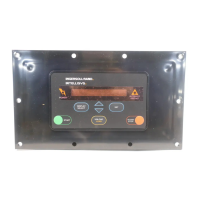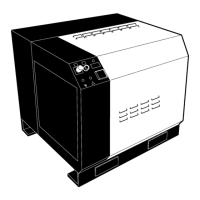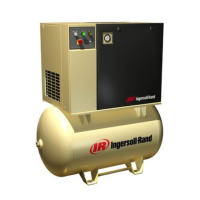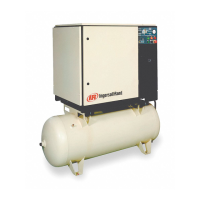34
2.1 STEPPER MOTOR TEST PROCEDURE
Background
The stepper motor is a motor that can be moved in discrete increments of .9° for
the Original Intellisys and .45° for the SG Intellisys. The motor is a constant
torque device that is controlled by driver chips on the starter interface board or
the power supply board. The main problem that can occur is that a winding
shorts either to itself, the other winding or to the casing.
Procedure
Disconnect the Stepper Motor from the board.
Measure the resistance between the brown and blue wires.
Measure the resistance between the green/yellow and black wires.
Both sets of measurements should be per below.
4” and 6” inlet valve = 5-7 OHMS
8” inlet valves = 11-13 OHMS
If not within this range, replace the Stepper Motor.
Measure resistance between the brown wire and the case of the motor.
Measure resistance between the blue wire and the case of the motor.
Measure resistance between the green/yellow wire and the case of the motor.
Measure resistance between the black wire and the case of the motor.
All of these should measure as an open circuit or “OL” on a digital meter. If not,
this indicates a short in the motor windings and the motor should be replaced.
Measure resistance between the brown wire and the green/yellow wire.
Measure resistance between the brown wire and the black wire.
Measure resistance between the blue wire and the green/yellow wire.
Measure resistance between the blue wire and the black wire.
All of these should measure as an open circuit or “OL” on a digital meter. If not,
this indicates a short in the motor windings and the motor should be replaced.
2.2 DRIVER CHIP TEST
Background
The stepper motor is moved by electrical signals received from components
called driver chips. The driver chips are located at position U14 and U15 on the
starter interface board for the Original Intellisys and at positions U2 and U7 on
the power supply board for the SG Intellisys. The signal turns off and on and

